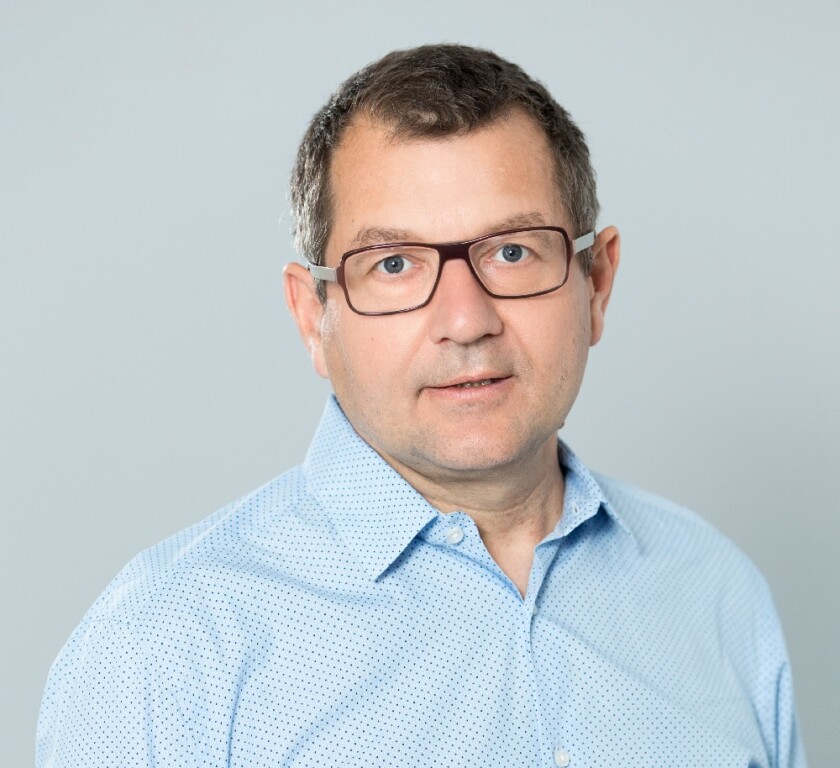The cable will land Carcavelos and Sines before branching into Seixal & Sesimbra cable landing stations (CLS) and connecting the Setubal area.
At the time of the announcement, Philippe Dumont, CEO of EllaLink, said: "The Olisipo cable sustains EllaLink's vision in having Sines as one of the most important interconnection Hubs in Iberia, extending our cable from EllaLink Vasco da Gama CLS in Sines to the Lisbon Metro Area."
"The symbiotic relationship between submarine cable systems and data centres is at the heart of how these businesses thrive and survive. Connecting and transporting traffic between Brazil and Portugal, onwards across Europe and ultimately across the globe is the primary role of the EllaLink cable system and the data centres it connects to. Sines and Lisbon together will be able to compete with major European Hubs as both cities are being seen as a preferable gateway to Europe already."
Capacity caught up with Dumont recently for further details on the project. Describing the system as akin to a festoon cable, the petabit element of the system came about because, Dumont says, "you can provide that with a reasonable amount of cost".
"Not only can the technology we have deliver that but when it’s an unrepeated cable, you can also enjoy the benefits of high fibre counts," he says.
"Typically, you can go up to 144 fibres on a repeated cable. That is not possible for a unrepeated cable across the Atlantic. In the case of Olisipo we're talking about a very small system that is 110km long and with the right technology, you can move to high fibre cable easily with a very reasonable extra cost."
This approach also enables customers of the cable to purchase whole fibres not just capacity, say Dumont.
"The people that will come to Olisipo will buy fibres, they're not going to buy 100G services."
Olisipo's goal, according to Dumont is to "connect the digital ecosystem around the Lisbon area and largely meaning connecting the main data centres and cables that are landing around Lisbon".
Lisbon has four different cable landing stations, Carcavelos, Seixal, Sesimbra and Sines all located in the same large metro area of Lisbon, where a lot of data centre construction is ongoing at the moment.
"This little Olisipo cable is meant to connect all these places, the cables, but also the data centres," adds Dumont.

The meshing of Olisipo with any other subsea or terrestrial system "is really a function of the way that people will use Olisipo with the other terrestrial fibres," say Dumont.
"What is clear is that at some point in time, Olisipo will insert itself into a variety of fibre networks, to provide meshing as a way to as a way to be able to carry large amount of data in a reliable way."
Data hubs aside, Olisipo will also offer the lowest latency route between Sines and Lisbon, which is important because in Sines, there is a 500MW data centre being built, one of the largest in Europe, that will drive this need for the best possible latencies.
As a festoon cable Olisipo won't feature any of the newer fibre cable innovations, which as Dumont explains, hollow-core fibre or aluminium fibre are more relevant to a repeated cable.
"This is a simple technology and unrepeated system. It's really a cable with fiber in it, there is no copper, there is no aluminium, it does not conduct electricity. It is identical to a terrestrial cable e, except that it is armored and buried undersea."
He adds that in terms of technology it is very robust and simple, the cost is good and if you move to high fibre counts, the cost per bit is also very competitive.
With the project still in the process of launching its request for quotes (RFQs), Dumont is unable to share details on who will be building the system just yet but the system will land at the existing EllaLink cable landing station, reusing the technology and the infrastructure that we had been building for EllaLink.
The next steps for the project include having the cable contract in force by the end of Q1 2023 – into the beginning Q2 2023. The cable itself will take anywhere from 12-18 months to build which means it should be ready for service by mid-2024.
This is contingent of the request for proposal (RFP) and the fact that there is a shortage of subsea cable vessels, which may affect the timeline.
As for EllaLink all energies are focused on Olisipo for now, though he teases, that they are of course working a few other things, but we'll have to sit tight for now.






